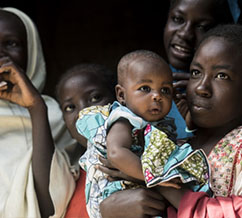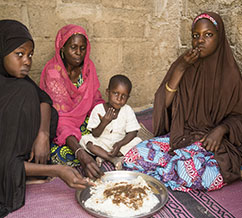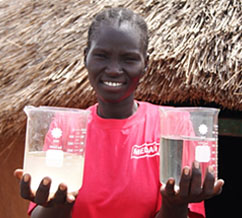Today, the United States announced nearly $639 million in additional humanitarian assistance to the millions of people affected by food insecurity and violence in South Sudan, Nigeria, Somalia, and Yemen. This additional funding brings the total U.S. humanitarian assistance to over $1.8 billion for these four crises since the beginning of Fiscal Year 2017.
UN and AU host High-Level Partnership Mission to the Horn of Africa in June, garnering increased donor commitments for drought-affected countries. Compared to the 2010/2011 drought in East Africa, FEWS NET reports the 2016/2017 drought is more widespread but less severe
More than 800 people arrive in Nigeria’s Banki town from Cameroon, bringing total returns to more than 13,000 since mid-April. Nigerian officials, relief actors coordinate to expand IDP site capacity in Borno by establishing new camps to accommodate the population influx. Rainy season exacerbates the spread of waterborne hepatitis E in bordering communities of Niger and Nigeria
Yemen’s cholera caseload continues to increase rapidly, with more than 140,000 suspected cases and 989 related deaths in 20 governorates since late April. Approximately one-half of all cholera cases are among children 15 years of age and younger. The UN again emphasizes the need for Al Hudaydah Port to remain open due to concern for future imports
IDP camps in Nigeria’s Banki town host more than 42,000 people. Population influxes to Nigeria’s Pulka town strain already limited resources, notably water and shelter. Attack against IDPs in Cameroon’s Mayo-Sava Department results in at least nine civilian deaths. Health officials record 770 hepatitis E cases in Niger’s Diffa Region from January–May











Comment
Make a general inquiry or suggest an improvement.